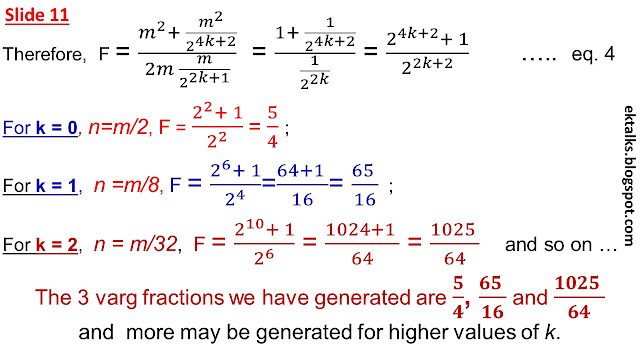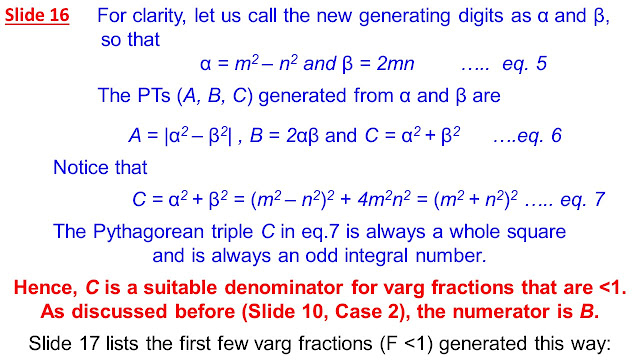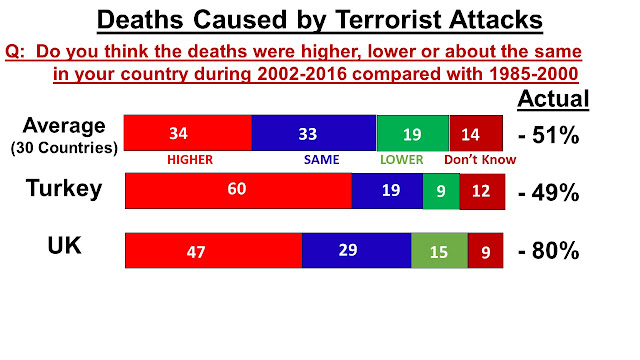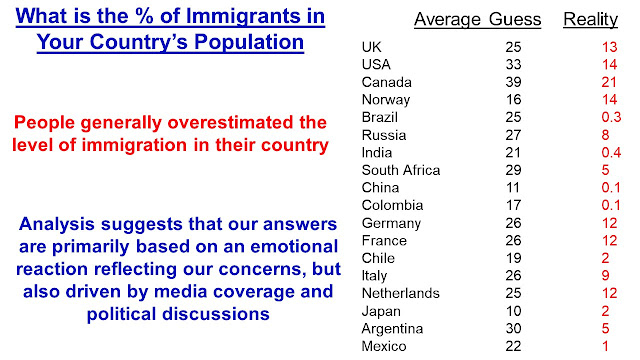Recently, I had published a blog entitled 'Interesting Properties of Some Pythagorean Triples - Introducing Varg Fractions' where I had introduced a class of fractions with some interesting properties.
This article (Part 1) may be accessed here. In Part 1, we had used Pythagorean triples to generate Varg Fractions.
What are Varg Fractions? A varg fraction F is such that F+1 and F-1 are perfect squares. This implies that F²-1 = (F+1)(F-1) is also a perfect square.
As in Part 1, we shall only consider irreducible fractions such that the numerator (N) and the denominator (D) have no common divisor. Also, since F+1 and F-1 are perfect squares, the denominator D of a varg fraction F must also be a perfect square. The following slide (Slide 3 of Part 1) lists the first few varg fractions.
We can construct varg fractions using Pythagorean Triples, however, the method has some serious limitations (will become clear later in this article). Here, I discuss a generating function for varg fractions that is easier to use and also allows generalisation of varg fractions that is not possible with Pythagorean triples.
Generating Function for F>1: since square roots of F+1 and F-1 are both rational numbers, their sum is also a rational number (a rational number may be expressed as the ratio of two integers i.e. as a fraction).
Slide 1 explains the details:
















































































